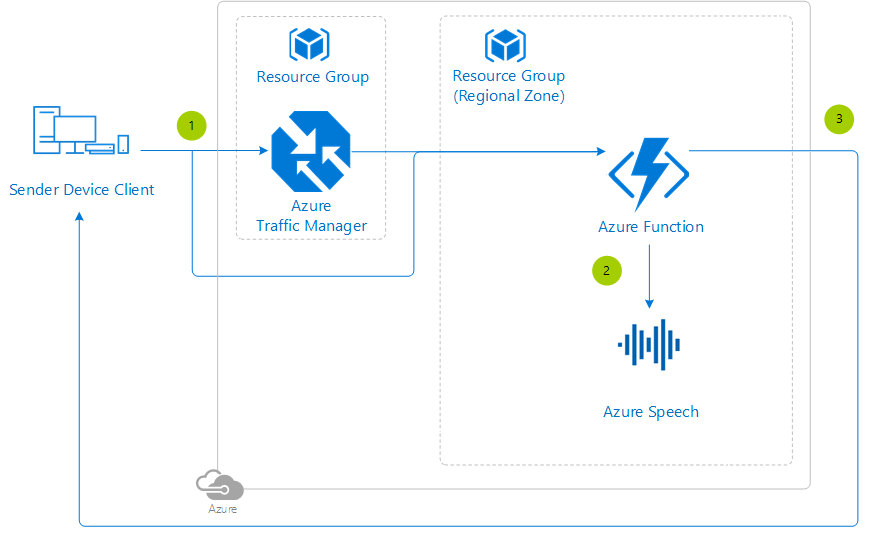

Then, the TTS Viseme generator maps the phoneme sequence to the viseme sequence and marks the start time of each viseme in the output audio. Next, the phoneme sequence goes into the TTS Acoustic Predictor and the start time of each phoneme is predicted. A sequence of phonemes defines the pronunciations of the words provided in the text. A phoneme is a basic unit of sound that distinguishes one word from another in a particular language. To generate the viseme output for a given text, the text or SSML is first input into the Text Analyzer, which analyzes the text and provides output in the form of phoneme sequence. The underlying technology for the Speech viseme feature consists of three components: Text Analyzer, TTS Acoustic Predictor, and TTS Viseme Generator.

The overall workflow of viseme is depicted in the flowchart below. With the help of a 2D or 3D rendering engine, you can use the viseme output to control the animation of your avatar. The viseme turns the input text or SSML (Speech Synthesis Markup Language) into Viseme ID and Audio offset which are used to represent the key poses in observed speech, such as the position of the lips, jaw and tongue when producing a particular phoneme.
#AZURE SPEECH TO TEXT EXMPLE MANUAL#
Traditional avatar mouth movement requires manual frame-by-frame production, which requires long production cycles and high human labor costs. Viseme can be used to control the movement of 2D and 3D avatar models, perfectly matching mouth movements to synthetic speech. It defines the position of the face and the mouth when speaking a word. With the lip sync feature, developers can get the viseme sequence and its duration from generated speech for facial expression synchronization. Today, we introduce the new feature that allows developers to synchronize the mouth and face poses with TTS – the viseme events.Ī viseme is the visual description of a phoneme in a spoken language. One emerging solution area is to create an immersive virtual experience with an avatar that automatically animates its mouth movements to synchronize with the synthetic speech. Neural Text-to-Speech (Neural TTS), part of Speech in Azure Cognitive Services, enables you to convert text to lifelike speech for more natural user interactions.


 0 kommentar(er)
0 kommentar(er)
